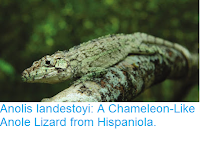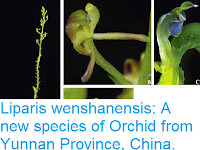Tardigrades, or Water Bears, are a distinctive group of small (usually less than 1 mm) invertebrates related to Arthropods, Nematodes and Velvet Worms. They have a simple segmented body with four pairs of limbs, and are remarkably resilient to environmental stress, being able to withstand extremely high and low temperatures, complete desiccation and even exposure to vacuum. To date about 1200 species of Tardigrade have been described, from marine, freshwater and terrestrial environments. Of these, only 227 have been described from South America, the majority of these from Chile, Argentina and Brazil. Ecuador is a large country in the northwest of South America, with a range of environments that can broadly be grouped into the western coastal lowlands, the central Andes Mountains, and the Amazon Basin in the east; yet to date only a single species of Tardigrade from Ecuador.
In a paper published in the European Journal of Taxonomy on 7 June 2017, Milena Roszkowska of the Department of Animal Taxonomy and Ecology at the Adam Mickiewicz University in Poznań, Marta Ostrowska of the Department of Avian Biology and Ecology, also at the Adam Mickiewicz University in Poznań, Daniel Stec of the Department of Entomology at Jagiellonian University, Karel Janko of the Laboratory of Fish Genetics at the Institute of Animal Physiology and Genetics of the Academy of Sciences of the Czech Republic, and Łukasz Kaczmarek, again of the Department of Animal Taxonomy and Ecology at the Adam Mickiewicz University in Poznań, describe a new species of Tardigrade from Manabí Province on the Ecuadorian Pacific coast.
The new species is named Macrobiotus polypiformis, in reference to processes found on the eggs of the species, which resemble the polyps of Cnidarians. The species is described from 96 specimens collected from a patch of Moss growing on a concrete wall, plus eggs and 36 second generation individuals obtained by culturing some of the original specimens in spring water.
Macrobiotus polypiformis, dorso-ventral projection. (1) Taken using an Olympus BX41 phase contrast microscope. (2) Taken using an Olympus BX63 differential interference contrast microscope. Seen in DIC. Scale bars in μm. Rozkowska et al. (2017).
Adult individuals of the new species are 237–375 μm in length and white in colour, although they became transparent when fixed in Hoyer’s medium for viewing under a microscope. The mouth is surrounded by a ring of small pores, and has three rows of teeth, though only one of these could be seen under a light microscop.
Egg of Macrobiotus polypiformis. Rozkowska et al. (2017).
See also...
























































